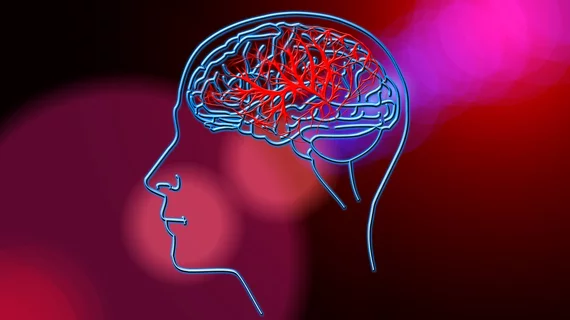4 key ways to fight back and reduce the risk of stroke
Strokes are the world’s leading cause of disability, according to the American Stroke Association (ASA), but as many as 80% could be prevented altogether. How can people fight back against this compassionless, consistent killer?
World Stroke Day is Thursday, Oct. 29, and the ASA is using the occasion to focus on ways that people can reduce their personal risk of stroke.
Its recommendations include:
Check your blood pressure regularly
The first thing on the ASA’s list is perhaps the most simple: monitor your own blood pressure.
“Checking your blood pressure regularly and getting it to a healthy range is one of the most important things you can do to reduce your risk of stroke,” Mitchell S. V. Elkind, MD, MS, president of the American Heart Association (AHA) and a professor of neurology and epidemiology at Columbia University in New York City, said in a statement.
Control high blood pressure
To keep their blood pressure in that 120/80 range, the ASA said that people should work closely with their healthcare providers, take prescribed medications, eat a heart-healthy diet, get quality sleep, meditate and remain active.
“Adults should get at least 150 minutes per week of moderate activity or 75 minutes of vigorous activity (or a combination),” according to the statement. “Two days per week of moderate- to high-intensity muscle strengthening activity is also recommended.”
Know common warning signs of a stroke
Knowing how to spot someone who may be experiencing a stroke can help save the lives of others—and if enough people know the warning signs, it helps lower everyone’s risk.
FAST is the key acronym to learn. Face drooping, Arm weakness and Speech difficulty, as they say, means that it’s Time to call 911.
Push for change
One way to reduce the risk of stroke—for yourself and everyone around you—is to push for everyone in the United States to have the same ability to “fully control their risk factors for stroke,” according Elkind.
“At the ASA and AHA, we’re working with individuals, organizations, businesses and government to address the root causes of these inequities to ensure longer, healthier lives for all,” he added. “It will take all of us, coming together to make change at individual and structural levels.”

